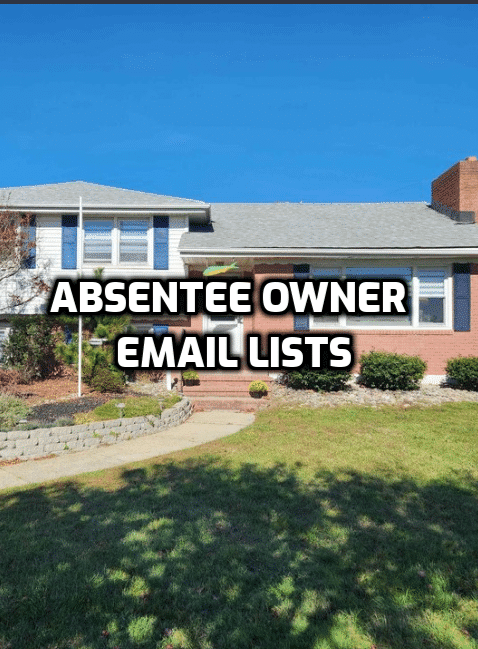
Please respond to this Email
Email recipients typically respond promptly; however, sometimes this may not happen immediately or at all. To follow up and prompt a response from them, try sending a polite request asking them to respond quickly to your message.
As an effective way of asking recipients to reply, composing a follow-up email may be the solution. Here are some suggestions on writing an effective one:
Begin Your Email Politely: Begin your email by greeting the recipient warmly with something like, “Hi,” or “Hello [recipient].”
Referencing Your Previous Emails: In the body of the email, make reference to previous communications that you sent with them – say something like “I wanted to follow-up on an email that I sent last week regarding [subject of email].”
Establish context: Give the reason behind why you are following up on an email; for instance, “I haven’t heard back from you yet and wanted to check that everything is okay with your mailbox and ensure you received my message.
Be Specific: When asking the recipient for action, be clear and specific in your request. For instance, say something like, “Could you please let me know if you can attend my meeting on Friday?” or “Have you had time to review the proposal that I sent?”
Express gratitude: End your email by offering sincere thanks, such as “I appreciate your assistance”.
Here is an example of a follow-up email asking the recipient to respond:
Hi [recipient],
I hope this email finds you well. I just wanted to follow-up on an email I sent you last week regarding an upcoming project; unfortunately I haven’t heard back yet so wanted to ensure you received it and everything is fine.
Could you please inform me if you had a chance to review the proposal I sent? If there are any queries or concerns that arise from reviewing my proposal, I invite you to reach out – my contact details can be found in my proposal.
Thank you so much for taking time out of your busy day to meet with me, and I look forward to hearing back from you.
Remind them that it was polite to email you in the first place, with clear intentions, while providing context on why they need to respond to you again. In conclusion, asking someone else to respond to an email can be an integral component of professional communication. When writing follow-up messages be polite, specific and grateful when doing so – including why exactly it needs to be followed up on.
Asking someone else to respond to an email is a simple and straightforward task, yet providing context and clarity for their understanding can ensure you achieve optimal results. In this response I will outline why asking for responses via email is so essential as well as provide tips on making your request effective and clear.
As part of establishing communication, requesting a response to your email is key for building relationships and making sure your message has been received by its recipient. When sending an email message, you want to be certain it has reached its recipient and been read and understood; receiving an answer shows you respect the recipient’s time and input; it also shows that you value engaging in dialogue to achieve common goals.
However, simply asking for a response may not always suffice – in certain instances the recipient may not know how or have time or inclination to respond effectively. Therefore, it is vitally important that your request is clear and specific so the recipient understands exactly what you expect them to do in response. Here are some strategies on how you can ask for one in an effective way:
Use an effective subject line: Your subject line should be clear and descriptive so the recipient knows what this email is about before opening it. If you require a response or reply from recipients, include the word “response” or “reply” in your subject line.
Be Polite and Respectful: Keep in mind that the recipient may be busy, with other priorities, so always aim to use a polite, respectful tone when making requests of any sort. Avoid coming off as demanding or pushy.
Provide Context: Provide context to why you are asking for their response. For instance, “I welcome your thoughts on this proposal” or “Let me know if any questions arise about the project”.
Make it Easy: To ensure an effortless response from recipients of your email, provide clear instructions for how they should reply. For instance, say something like “Please reply back with any comments,” or even, “If preferred, we can set up a call together.”
Set a Deadline: If you need a response by a certain date or time, make sure you communicate this clearly. For instance, “Please respond by Friday so we can move ahead with this project”.
Conclusion In conclusion, asking for a response to an email is an essential aspect of communication. It helps establish dialogue and ensure your message has been received and understood; it is key that any request be clear and specific so the recipient understands what you expect them to do – by following these tips you can increase the chances of receiving timely and meaningful replies to your emails.
